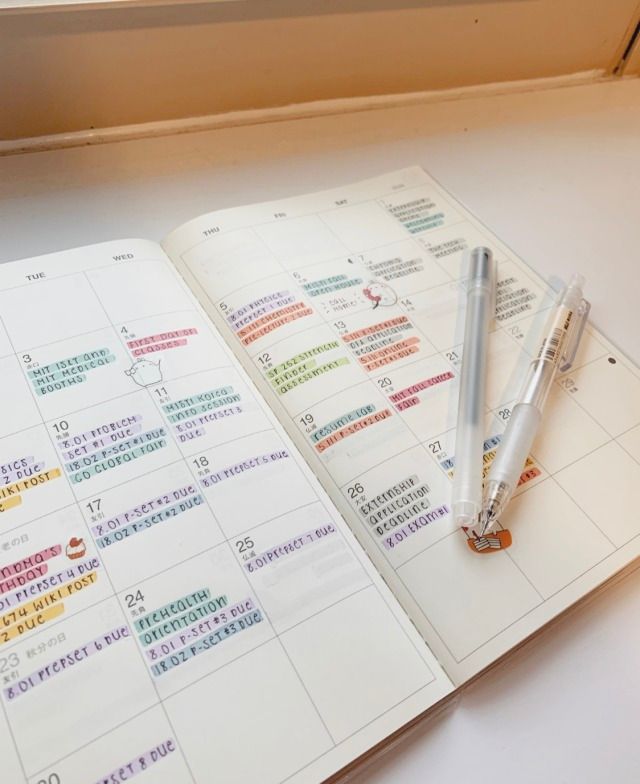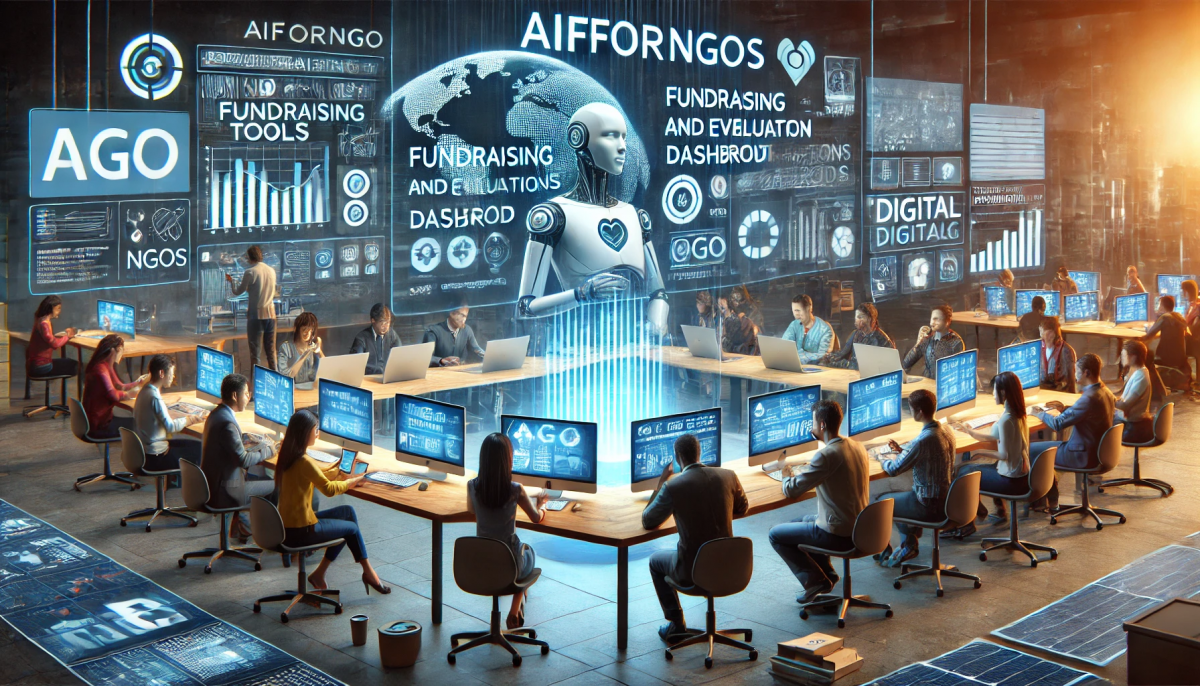I have a lot on my plate – whether it’s studying, work, extra-curriculars, or sports, there is never a dull day. Even though I highly enjoy being a busy bee, it’s sometimes challenging to balance everything into a healthy and manageable lifestyle. My tendency to over-plan often made me feel unproductive and overwhelmed. Then I discovered ChatGPT, and it has made a significant difference in my life.
I now use the GenAI tool to organize my weekly and daily schedules by offering guidance on allocating my time effectively. It gives me clear time slots for each task, ensuring I don’t overload my schedule. Additionally, integrating breaks makes it much easier to stick to my plans. Beyond simply organizing work and study tasks, I also use ChatGPT to generate workout plans. One of the GPT sport coach tools helps me maintain a consistent workout routine that fits around my other priorities, which has been a huge relief for staying consistent (OpenAI, 2023).
The most significant change I’ve experienced is improved productivity. By having a more realistic and flexible schedule, I’m able to finish tasks earlier and in a more focused manner. My stress levels have also reduced because I no longer feel like I’m constantly racing against time. The sense of accomplishment from completing my priorities, along with the added bonus of sometimes having extra time, has made a world of difference in my daily life.
One feature that saved me multiple times, is how ChatGPT easily adapts when unexpected events come in between scheduled events. Whether it’s a last-minute work meeting or a spontaneous plan with friends, I can easily adjust my schedule. Before, I would have to sit down for (what felt like) ages and reorganize my schedule, indirectly increasing my stress levels. This newly discovered flexibility has allowed me to relax more and be present in whatever I’m doing. To avoid falling for the trap of generalized recommendations, I made sure to tailor ChatGPT’s advice to my specific situation. By making it ask me a few key questions about my activities, workload, goals, and (preferred) lifestyle, I have been able to create a balanced and enjoyable routine for myself. It’s a personalized approach that adapts to my needs and preferences, ultimately keeping me on track.
If you’re like me and struggling to manage your time while balancing multiple commitments, I highly recommend giving this tool a try. Whether you need help with organizing your workday, planning workouts, or even just taking breaks, ChatGPT can provide the guidance you need to stay productive and stress-free.
Sources
OpenAI. (2023, November 6). Introducing GPTs. https://openai.com/index/introducing-gpts/


